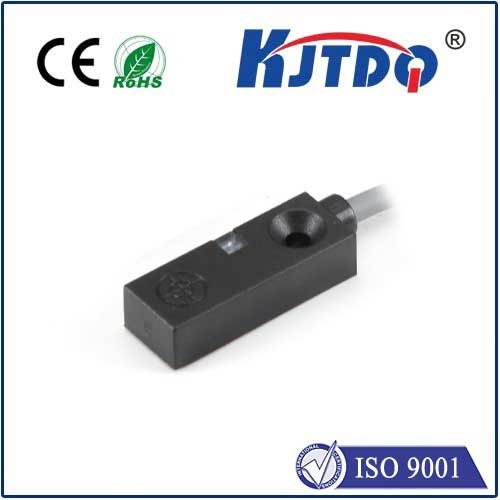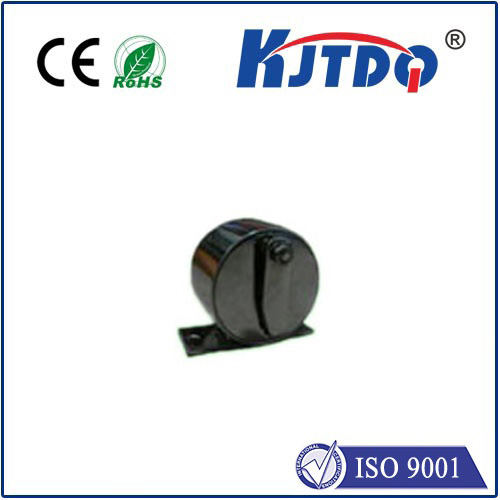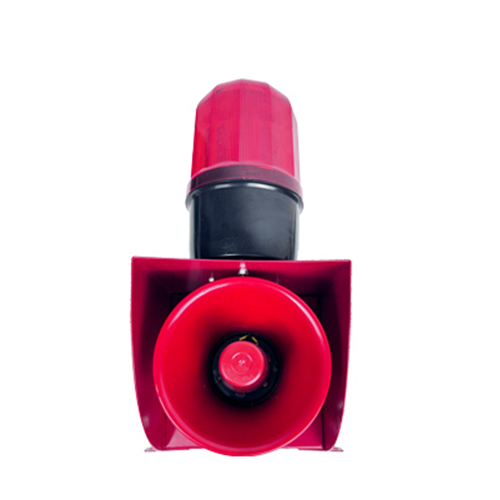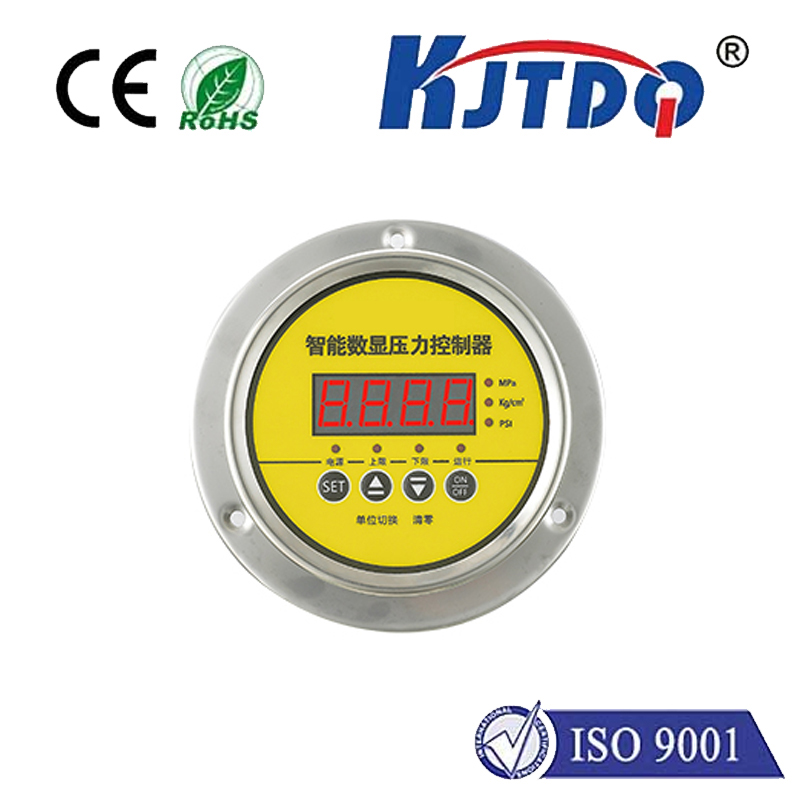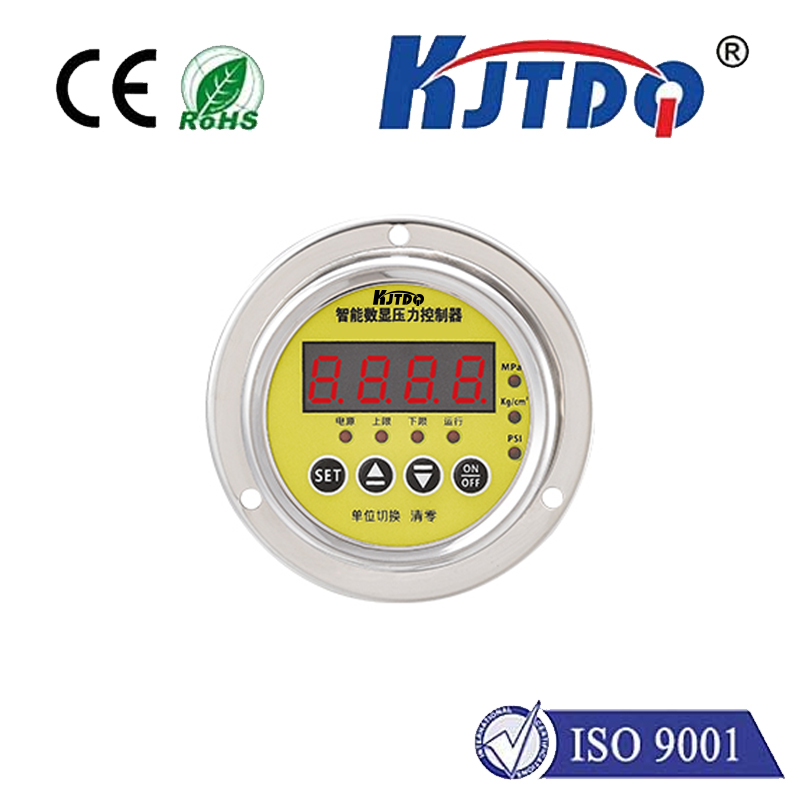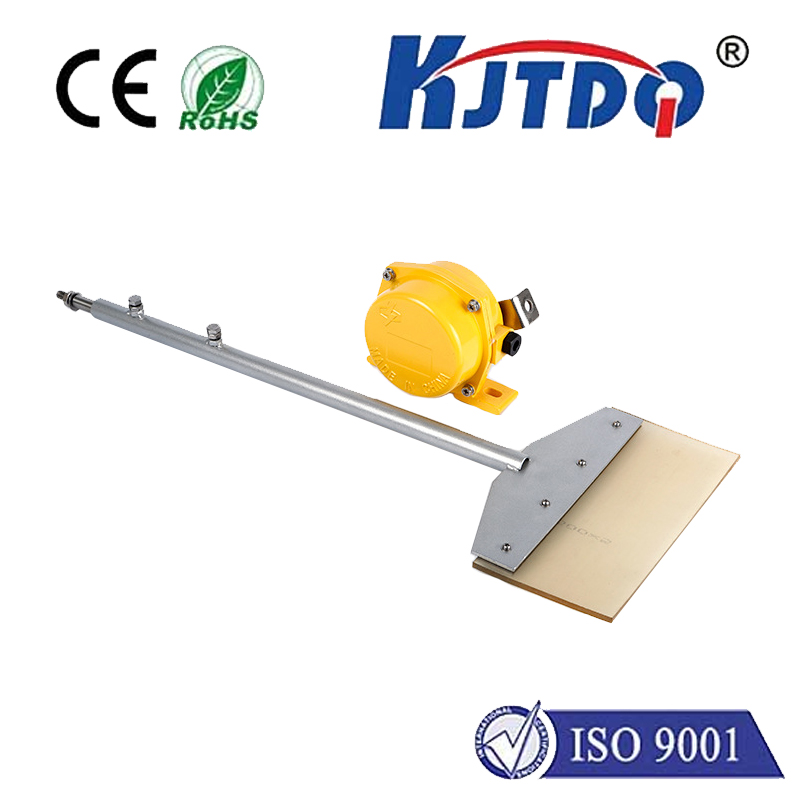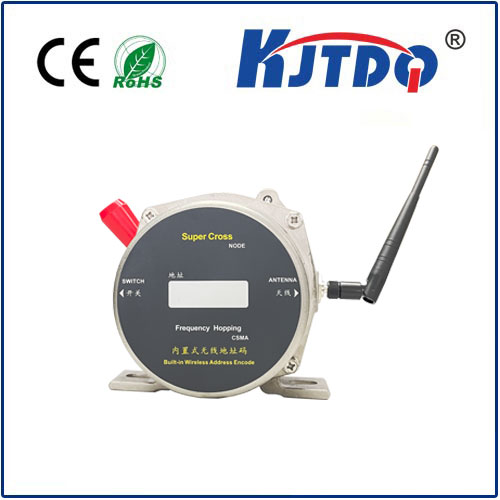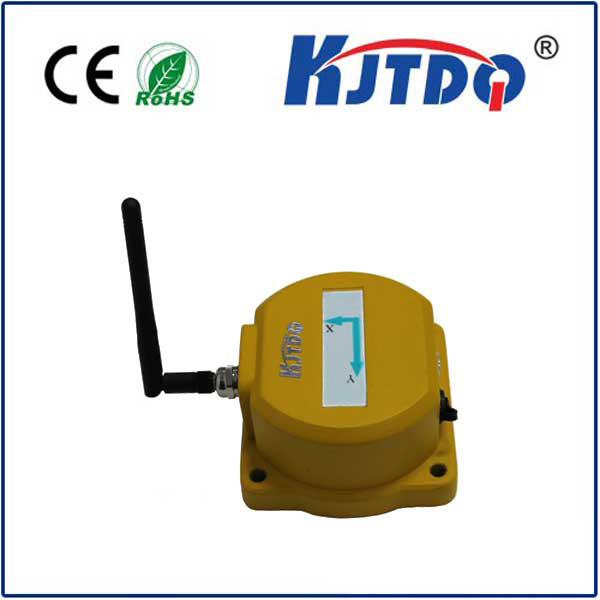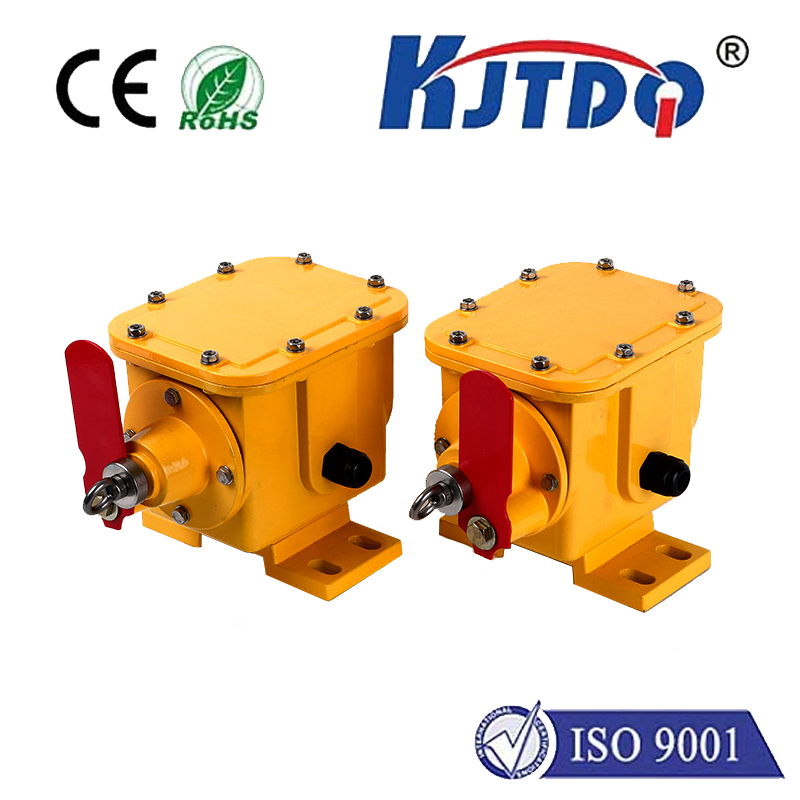sn04 n proximity sensor
- time:2025-07-20 08:06:37
- Click:0
SN04-N Proximity Sensor: The Workhorse of Reliable Object Detection
Imagine a bustling packaging line where cardboard boxes zip along a conveyor belt at dizzying speeds. Precisely at the right moment, a glue dispenser activates, applying adhesive only where needed. Or picture robotic arms in an automotive factory, smoothly inserting components into chassis without collision. What invisible guardian ensures these split-second actions happen flawlessly, consistently? Often, it’s the humble yet critical inductive proximity sensor, and the SN04-N model stands out as a particularly popular and robust choice in industrial automation. This guide delves into the SN04-N’s capabilities, helping you understand why it’s a cornerstone of reliable non-contact sensing.
Understanding the SN04-N: Core Functionality
At its heart, the SN04-N is an inductive proximity sensor. Its fundamental job is to detect the presence or absence of metallic objects without requiring any physical contact. This “switching” capability forms the bedrock of countless automated processes. The “SN04” typically refers to a standardized form factor and sensing range (commonly up to 4mm), while the suffix “N” most consistently indicates a Normally Open (NO) output configuration. This means when no target is present, the output circuit is open (OFF); when a detectable target enters the sensing field, the output circuit closes (ON).
These sensors operate on the principle of electromagnetic induction. The sensor head contains an oscillator coil that generates a high-frequency electromagnetic field. When a metallic target (ferrous metals like iron and steel are the primary targets, though non-ferrous metals like aluminum or brass are also detectable, typically at a reduced sensing range) enters this field, it induces eddy currents on the target’s surface. These eddy currents cause a measurable energy loss within the oscillator circuit. The sensor’s internal electronics detect this change in oscillation amplitude and trigger the switching output.
Key Specifications and Features of the SN04-N
The widespread adoption of the SN04-N proximity sensor stems from its well-defined characteristics tailored for industrial environments:
- Sensing Range: As the name suggests, the nominal sensing range is typically 4mm. It’s crucial to understand this is the rated operating distance for a standard mild steel target. For other materials, an adjustment factor (reduction factor) applies. Always consult manufacturer specifications for precise values.
- Output Configuration: While “N” signifies Normally Open (NO), SN04 sensors are almost universally available with both NPN (sourcing) and PNP (sourcing) transistor outputs. NPN (common for sinking input modules) switches the negative (0V) line, while PNP (common for sourcing input modules) switches the positive (+VDC) line. Choosing the correct type is essential for compatibility with your control system (PLC input card, relay, counter, etc.).
- Connection: The industry-standard 3-wire configuration is used (Brown = +VDC, Blue = 0V, Black = Output Signal). Some variants might have a 4th wire for diagnostic purposes, but the 3-wire setup is predominant.
- Housing: Typically cylindrical in shape (e.g., M12 x 1 or M18 x 1 threaded barrel) with a sensing face. This robust metal construction provides excellent durability.
- Environmental Protection: SN04-N sensors commonly boast an IP67 or IP68 ingress protection rating. This signifies exceptional resistance to dust and the ability to withstand temporary immersion in water, making them suitable for demanding factory floor conditions, washdown areas, and even outdoor use in protected enclosures.
- Electrical Ratings: Standard operating voltages are often 10-30V DC. Output current capacity is typically around 200-300mA, sufficient to drive small relays, PLC input modules, or indicator lamps directly.
- Operating Frequency: Modern SN04-N sensors offer high switching frequencies, often in the range of 500 Hz to 5 kHz. This allows them to reliably detect objects moving at high speeds along conveyors or rotating machinery.
Where the SN04-N Proximity Sensor Excels: Applications Galore
The combination of robustness, reliability, and cost-effectiveness makes the SN04-N a go-to solution across diverse industries:
- Conveyor Systems: Detecting the presence of packages, pallets, or components for counting, sequencing, and diverting operations. Position verification is a key task.
- Machine Tools & CNC: Monitoring tool position (drills, milling bits), chuck clamping status, turret indexing, and end-of-travel limits. Provides critical position feedback for safety and precision.
- Material Handling: Confirming the position of grippers in robotics, detecting filled containers, triggering sorters via object detection, and verifying pallet presence on AGVs (Automated Guided Vehicles).
- Packaging Machinery: Controlling film wrapping, glue application activation (like our opening example), detecting product presence for filling or labeling, and monitoring cap placement.
- Automotive Manufacturing: Verifying part presence on assembly jigs, detecting piston position in cylinders (end-of-stroke sensing), and ensuring robotic welders are correctly positioned.
- General Automation: Monitoring door/hatch closure, detecting cylinder rod position, counting rotations via a target on a wheel/shaft, and providing end-stop sensing.
Why Choose an SN04-N? Core Advantages
Beyond its specific specs, the SN04-N proximity sensor offers inherent benefits of inductive sensing:
- Non-Contact Operation: Eliminates wear and tear associated with mechanical switches, leading to dramatically longer service life and reduced maintenance costs. No physical impact means no damage to the sensor or the target.
- High Reliability & Consistency: Immune to contaminants like dust, oil, grease, and non-metallic debris (unlike optical sensors). Performs consistently in dirty environments where other sensor types might fail. Provides repeatable detection.
- Fast Response Time: The absence of moving parts enables high-speed operation, capable of detecting rapidly moving objects on production lines.
- Robust Construction: The metal housing and high IP67/IP68 rating ensure resilience against vibration, shock, moisture, and harsh industrial conditions.
- Simple Installation & Use: The standardized cylindrical form factor and 3-wire connection make wiring and mounting straightforward.
Selecting and Using Your SN04-N Effectively
While robust, maximizing performance requires attention to detail:
- Target Material: Confirm the sensor can reliably detect your specific target material (steel, stainless steel, aluminum, brass). Remember the sensing range decreases for non-ferrous metals.
- Output Type (NPN vs. PNP): This is critical. Determine the input requirements of your PLC, counter, or relay module. Using the wrong type will result in failure. Verify compatibility before purchase.
- Mounting: Ensure the sensor is securely mounted. Consider potential vibration. Provide sufficient clearance around the sensing face. Avoid mounting flush in metal unless specifically designed for flush installation; most standard SN04-N sensors require a non-metallic free zone around the sensing head (refer to the datasheet for exact mounting distances).
- ️ Target Alignment: Position the target to approach the sensor perpendicularly to the sensing face for maximum range and reliability. Avoid tangential approaches if possible.
- Avoid Interference: Maintain adequate distance between multiple sensors (especially facing each other) to prevent mutual interference. Also, keep the sensor away from large metal masses or strong electromagnetic fields that aren’t the intended target.
- Environment: While rugged, respect the temperature and chemical resistance limits specified in the datasheet. Ensure cabling is protected from abrasion and damage. Even with IP67/IP68, proper installation protects the cable entry point.
The SN04-N proximity sensor remains an indispensable component in the automation engineer’s toolkit. Its blend of ruggedness, proven reliability in detecting metallic objects non-cont





